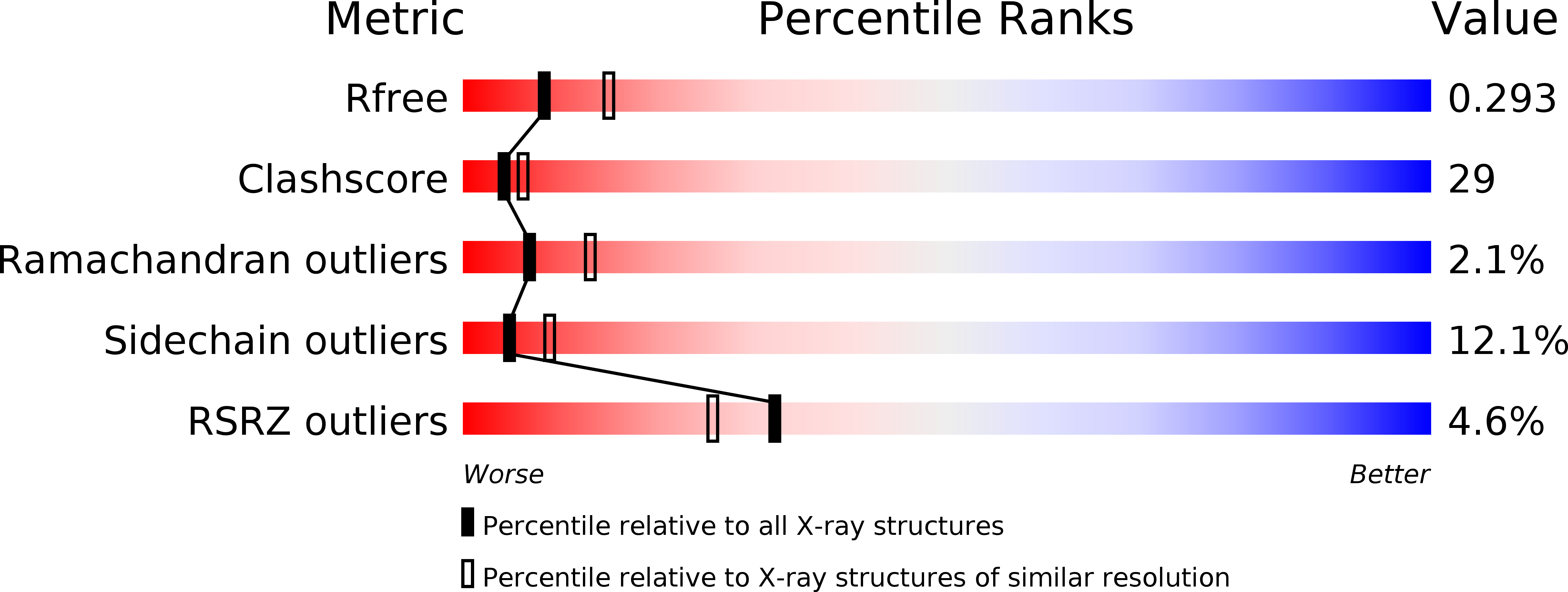
Deposition Date
2003-02-27
Release Date
2003-05-06
Last Version Date
2024-11-20
Entry Detail
PDB ID:
1ONF
Keywords:
Title:
Crystal structure of Plasmodium falciparum Glutathione reductase
Biological Source:
Source Organism:
Plasmodium falciparum (Taxon ID: 5833)
Host Organism:
Method Details:
Experimental Method:
Resolution:
2.60 Å
R-Value Free:
0.29
R-Value Work:
0.25
R-Value Observed:
0.25
Space Group:
P 41 2 2


